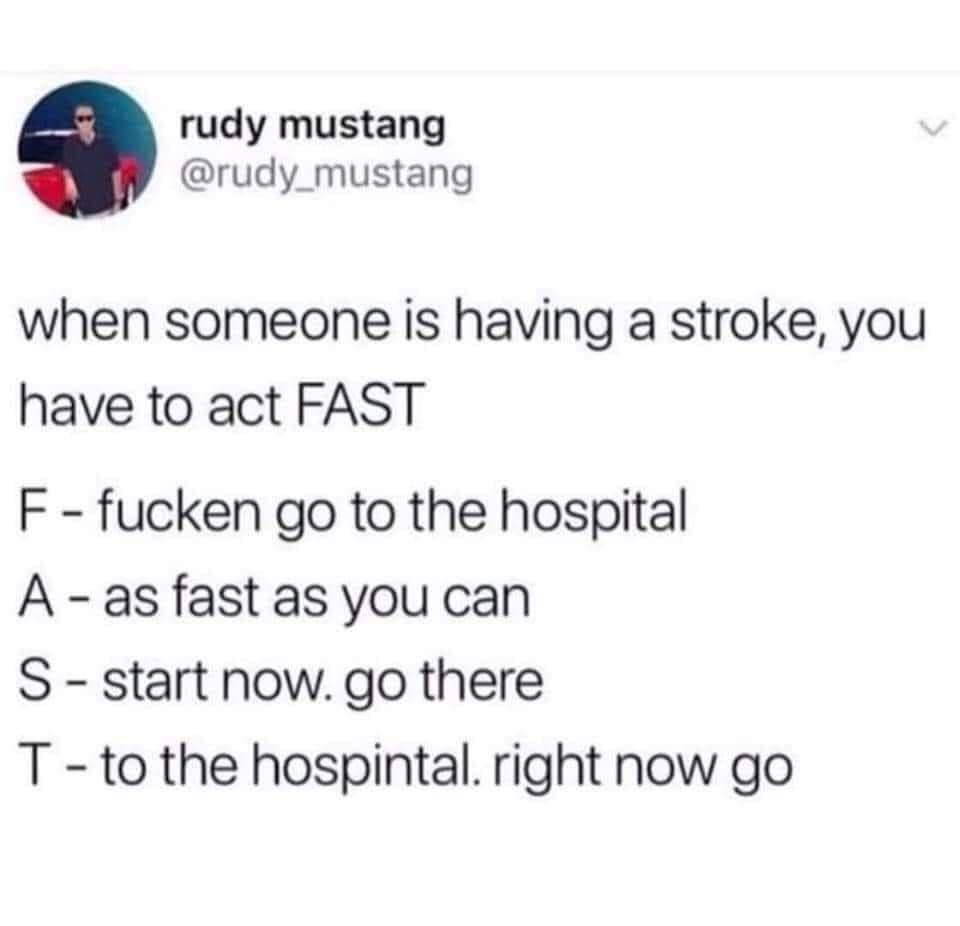this post was submitted on 23 Nov 2023
534 points (97.8% liked)
memes
14427 readers
2884 users here now
Community rules
1. Be civil
No trolling, bigotry or other insulting / annoying behaviour
2. No politics
This is non-politics community. For political memes please go to !politicalmemes@lemmy.world
3. No recent reposts
Check for reposts when posting a meme, you can only repost after 1 month
4. No bots
No bots without the express approval of the mods or the admins
5. No Spam/Ads
No advertisements or spam. This is an instance rule and the only way to live.
A collection of some classic Lemmy memes for your enjoyment
Sister communities
- !tenforward@lemmy.world : Star Trek memes, chat and shitposts
- !lemmyshitpost@lemmy.world : Lemmy Shitposts, anything and everything goes.
- !linuxmemes@lemmy.world : Linux themed memes
- !comicstrips@lemmy.world : for those who love comic stories.
founded 2 years ago
MODERATORS
you are viewing a single comment's thread
view the rest of the comments
view the rest of the comments

Have them smile is very key for the face one. Faces aren't perfectly symmetric. People often use the phrase facial droop which is a somewhat misleading phrase. Older individuals with looser skin and wrinkles there may be a "droop" but not otherwise. It's really the lack of activation of the lower facial muscles on one side that helps you tell. Facial muscles help move the side of your mouth both up and down, and they both get weak in a stroke affecting the face. So unless someone has a lot of loose skin it'll probably just look kind of flat. So again, have them smile, the inability to elevate the corner of the mouth or decreased ability to do so is key.
There's also a lot of misleading graphics out there with upper facial weakness too, like inability to close the eye. That can happen with certain strokes, but it's much more common for only the lower face muscles to be weak, with the eye and forehead muscles being fine.
Here's a good example of what it'll usually look like irl:
This is someone trying to smile, the side affected by the stroke would be the person's right side (left side of the picture), not the side that's "drooping" that's actually the normal side.